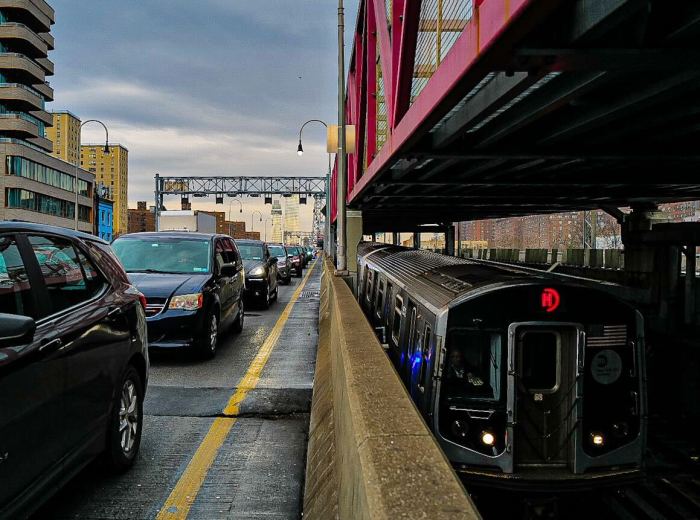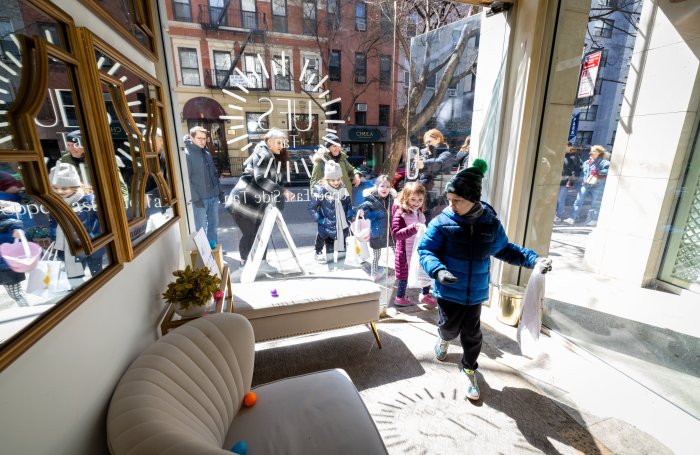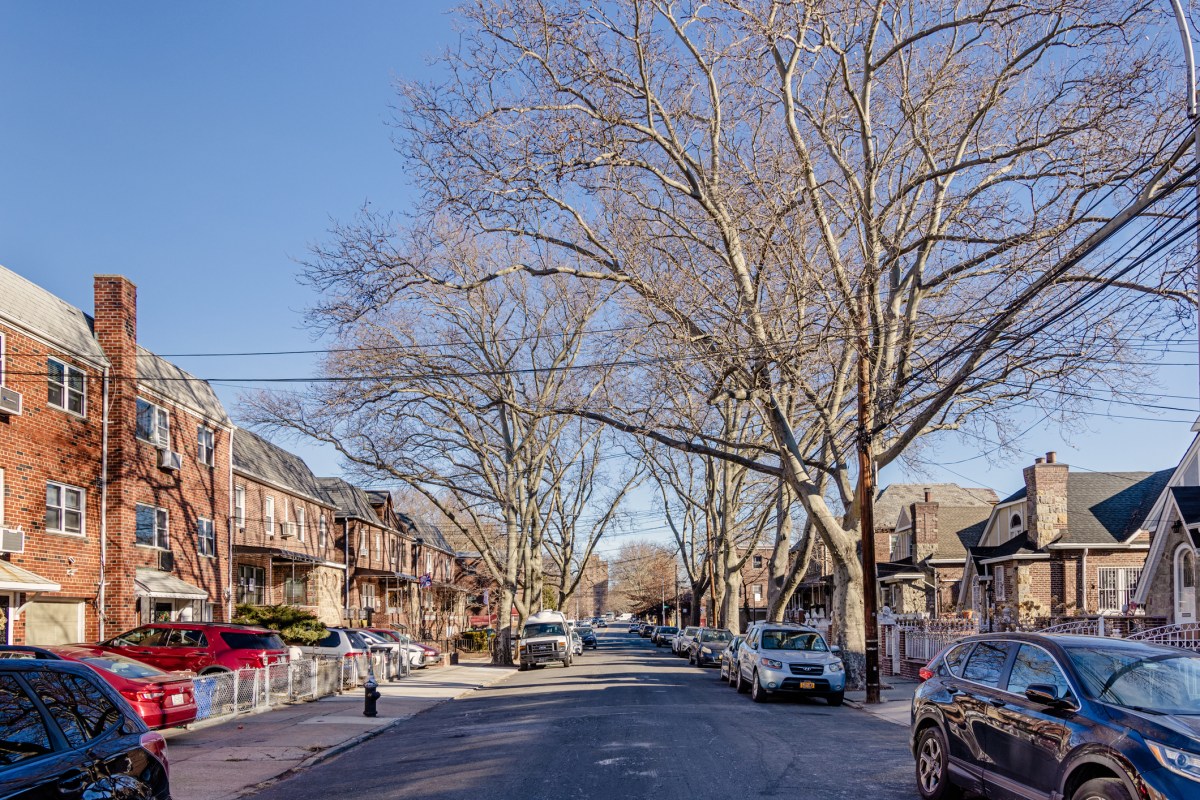
The MTA is reviving a bus-mounted bike rack pilot the agency ended more than a year ago, amNewYork has learned.
Bike racks will be added to Bx23 buses next spring as well as the Q50, giving cyclists an option to cross the Whitestone Bridge along a bus route running from Flushing, Queens, to Co-op City in the Bronx, according to MTA spokesman Kevin Ortiz.
The new racks are an expansion of a pilot program called “Bike & Ride” that first launched in 2015 to help cyclists traverse spans without bicycle access. The initial two routes equipped with racks, the S53 and S93, cross the Verrazano Bridge.
The Q50 connects Queens and the Bronx, while the Bx23 serves essentially as an abbreviated version that loops around Co-op City and connects riders to the 6 train at Pelham Bay Park station.
Cameron Esty, 22, a Co-op City resident, welcomed the news and figured the racks would complement the bike infrastructure the city has installed in his neighborhood in recent years
“It’s a good thing,” Esty said, pointing to Co-op City Boulevard, where a bike lane was installed in 2013. “I’ve noticed with the more development here, the streets have been modernized and getting a bit safer — this just works with everything that’s been going on.”
The MTA will be equipping the front bumpers of Bx23 and Q50 buses with a rack model known as the Ten Second Bracket, by Sportworks, which can accommodate two bikes at a time. The rack model was one of three tested during the original pilot, when about 1,600 cyclists utilized the racks of 38 S53 and S93 buses, according to Ortiz, who added that the agency needed time to analyze a year of service with the new feature. Some had questioned whether the racks would slow buses and lead to even more unreliable service, or if buses would be able to manage tight turns with bikes mounted in front.
“We wanted to take a good look at usage, fleet management, operations performance and customer feedback — [the racks] had little to no impact on service,” Ortiz said.
Transit advocates don’t believe bike racks are for every route, but said they work perfectly for those spanning bridges or busy streets that aren’t bike friendly.
“Otherwise bikes are generally faster than buses in the city. I don’t think you need buses carrying bikes around Brooklyn, but the Whitestone, Throgs Neck and Verrazano all could use that kind of capacity,” said Jon Orcutt, spokesman for TransitCenter. “In New York we have a fine-grained walking environment so it’s not as necessary. Bus racks are more popular in places where it’s hard to get transit like Los Angeles or in New Jersey.”
Or Louisville, Kentucky, where transit agency TARC produced an instructional rap video on its bus racks. In the clip, a rapper named Mr. Theo offers appropriate times when the TARC racks come in handy, like when “you need to grab a TARC but it’s just too far,” or when “you’re riding your bike and it’s getting kind of dark.”
The racks on the Q50 will be a return to form for the route. Before the MTA took over service in 2005, the area’s old QBx1 route featured front bike racks. Without the racks, cyclists in Flushing would have to trek all the way to the RFK/Triborough Bridge to get up to the Bronx.
“It’s good for folks from Queens trying to ride out here and eat some seafood in Orchard Beach, or go out to Pelham Bay Park,” said Carl Rodriguez, 50, of Co-op City.
Though no city buses run over the Throgs Neck, Caroline Samponaro, deputy director at Transportation Alternatives, pitched a few more routes: The S89, which travels over the Bayonne Bridge and ends at a light rail station in Jersey; or maybe the Q52 and Q53, which both run along Woodhaven and Cross Bay boulevards to Rockaway.
There’s also the Bx40 and Bx42, Samponaro noted, which travel along the entire length of Tremont, the Bronx, hitting a few transit connections along the way.
“We are supportive of the racks on buses program as a low cost way to make bike commuting an option for New Yorkers who have missing links,” she said, “or longer commutes.”


































